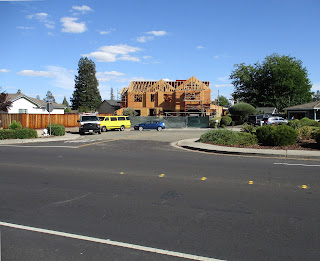The millennials are moving in. Despite all the rumors, it would be surprising if millennials were making equal or less than generation X by the same age.

The lion kingdom has slowly devised a solution to the synchronization errors which accumulate when editing video with audio. It doesn't involve bonding audio & video tracks the way other editors do. It's believed the mane source of timing errors is video being aligned to frames & audio being aligned to samples. Samples & frames never line up at the same point in time, so every edit has a 1 sample misalignment.
The idea is to make all media types use 64 bit nanoseconds as their time units. 64 bit nanoseconds would have a rage of 100,000 days & be easier to work with than float. The highest sample rate of 192khz would have 5208 positions in each sample. The highest normal frame rate of 60fps would have 16,666,666 positions in each frame.
If it was double precision float, the range would be 52 days before precision deteriorated below nanoseconds. The variable precision based on absolute value has made floating point difficult for timing. Rounding tends to go 1 way in a short sequence but the other way in a long sequence.
The key is all edit decisions would be in fractions of a sample & fractions of a frame. They would be rounded during playback. This would introduce some new problems but would overall end the synchronization errors. The mane problem is ending up with fractions of a frame. Some prioritization of the slowest media type over the fastest media type is always going to be necessary.
The user would have to use alignment of edits on frames to make sure all edits were on frame boundaries. It would be accepted that audio ended on fractions of samples when there was video. Playback would have to round the fractional sample or frame to avoid cases of 1/5208 of a sample causing the entire sample to be played or 1/20,000,000 of a frame causing the entire frame to be played. None of the edits would end exactly on a nanosecond. It would be entirely dependent on rounding.
It would be a big rewrite, but theoretically involve manely cut & paste. Interestingly, the conversions between samples & seconds were written in 1997 & were the 1st bits to be written.




Comments
Post a Comment